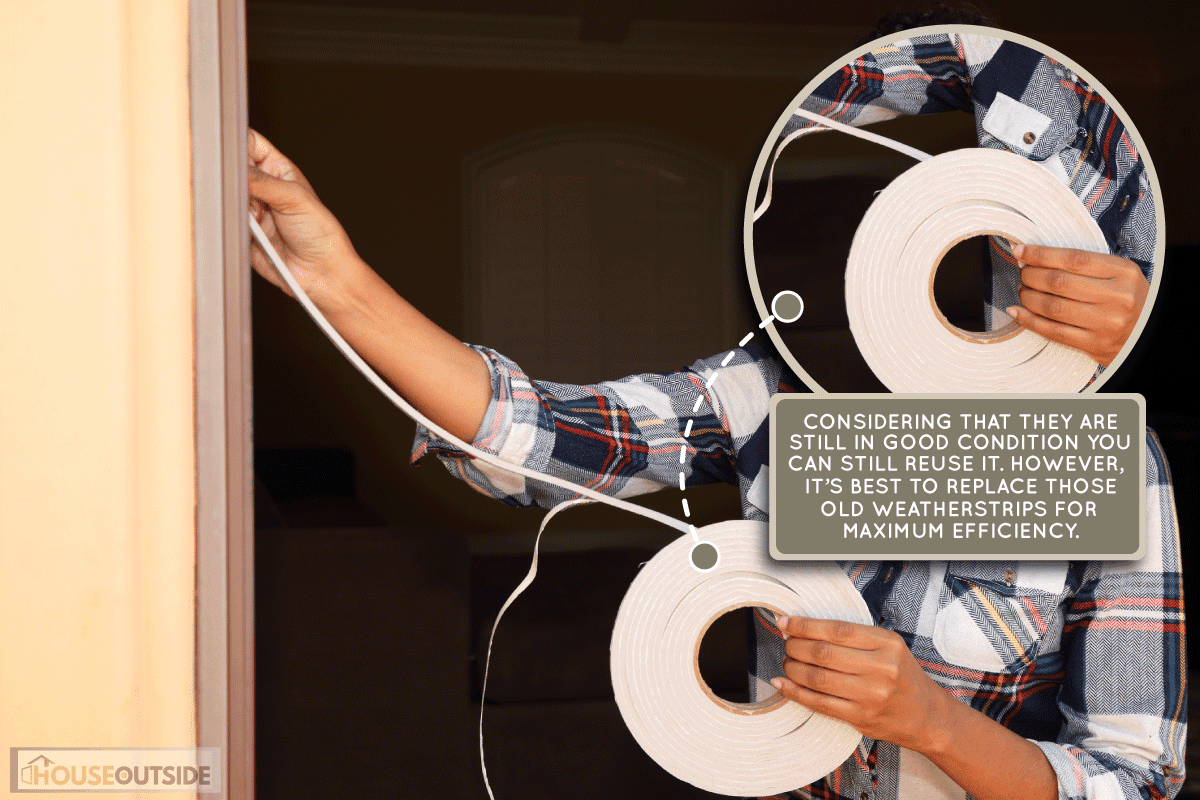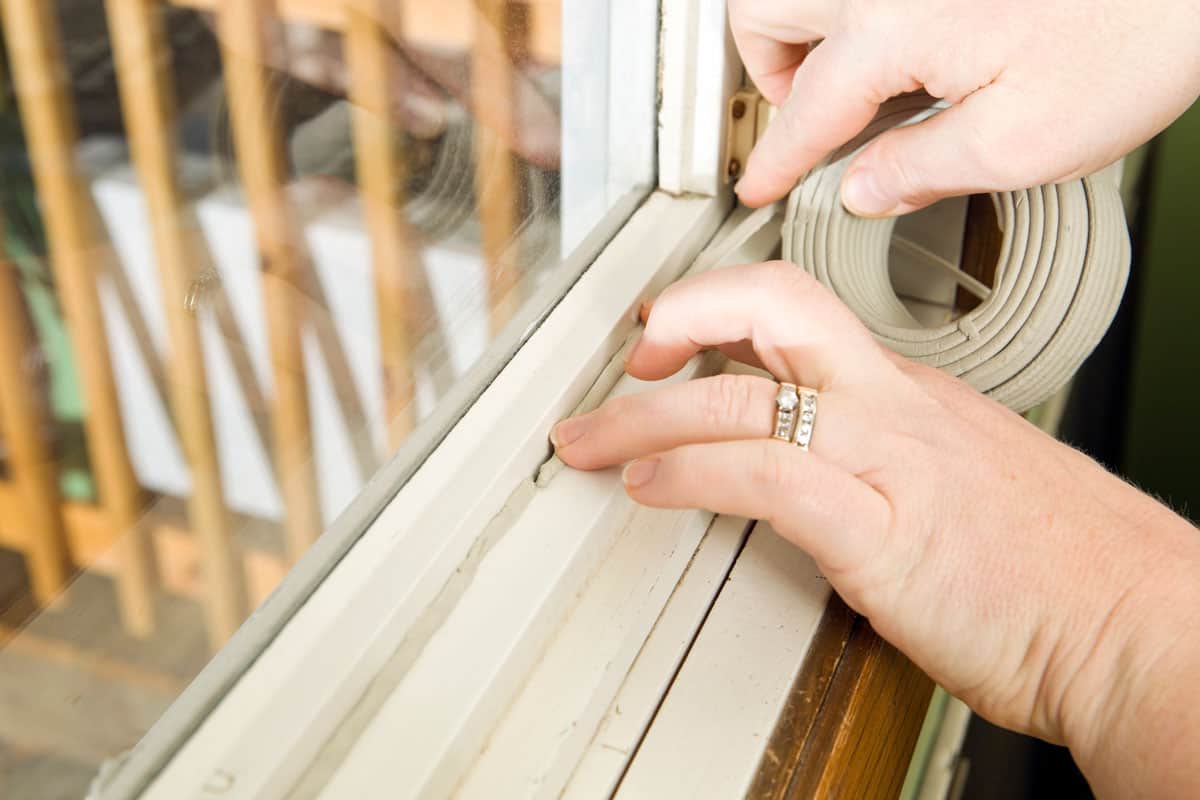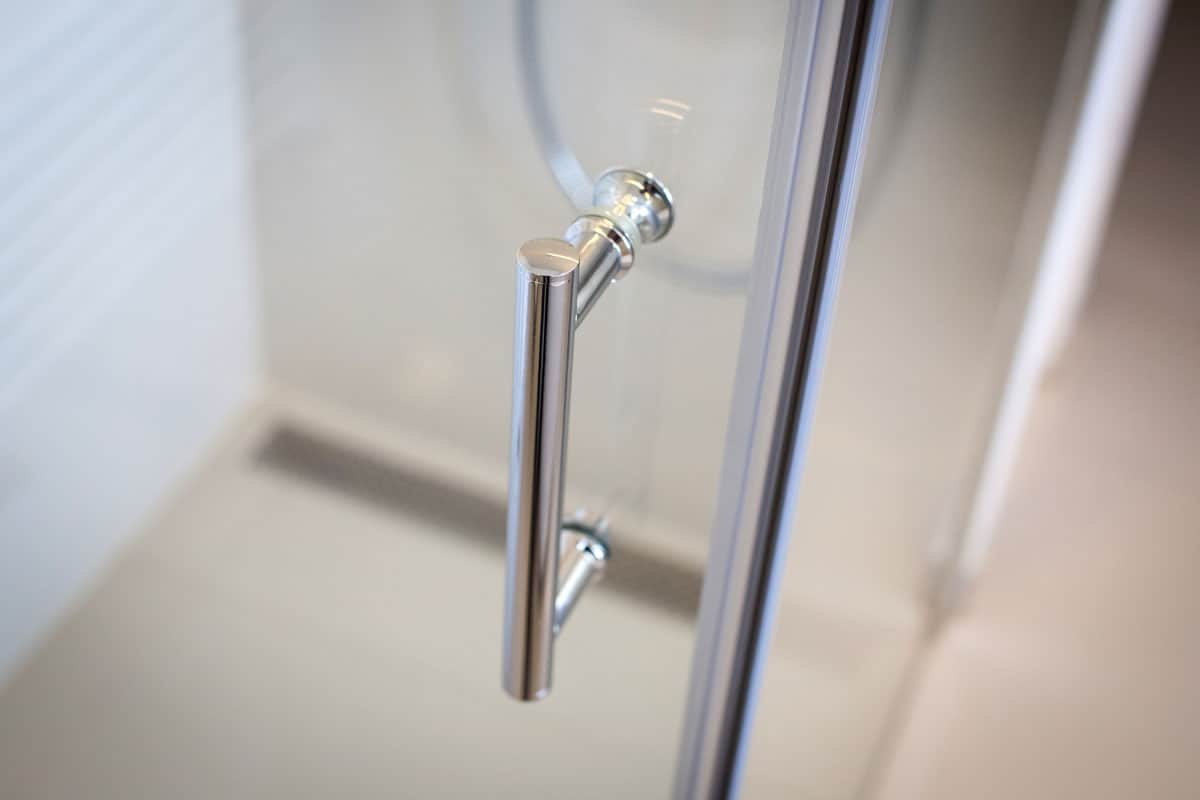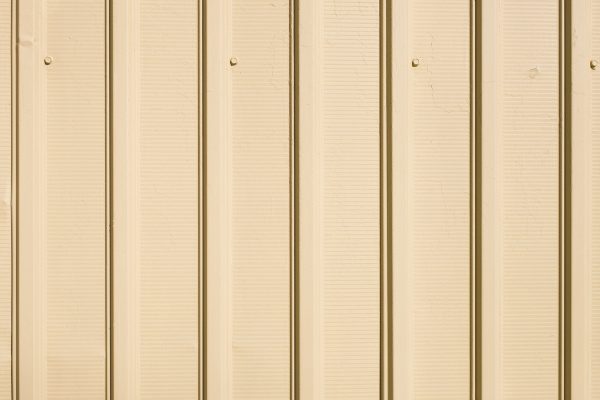It's that time of the year again when the weather may go wild. But can you reuse weather stripping? How to check if weather stripping needs replacement? We did comprehensive research to answer these questions.
Yes, you can reuse weatherstrips considering that they're still in good condition. However, it's best to replace those old weatherstrips for maximum efficiency.
In this article, we'll find out what weather stripping is and if you can reuse it. We'll provide installation steps and some types of weatherstripping. There's a lot we can talk about. So let's keep reading!

Can You Reuse Weather Stripping?
There's actually no problem with reusing weatherstrips, especially if you're cutting costs. But you should also consider replacing them to retain their durability and effectiveness.
Also, the type of weatherstrip plays a factor, as some of them are actually non-reusable. To understand better, you can check some types of weatherstripping and whether they're reusable or not.

Metal Weatherstrip
Metal weatherstrip varies from stainless steel and aluminum. It's a good option for areas with high humidity since metal can resist corrosion and rust. You can recycle metal weatherstrip considering that the edges don't have dents and the surface is not soft.
Felt Strip
Felt strips can be made of cotton, polyester, and wool and have a metal strip for fastening. This weatherstrip is quite soft and suitable for enhancing the room temperature. However, recycling a used felt strip may not be a good idea as it can shrink upon removal.
See this felt strip on Amazon.
V-Strip
A V-strip is also known as a tension strip. It's made from durable plastic or metallic material that's folded into a "V" shape to close the gap between the window and its frame. Since V-strip is durable, you can actually reuse it.
Rubber Strip
Rubber is highly resistant to water, and it's the reason why rubber weatherstrip is a practical choice for the rainy season. It has an adhesive on one side for quicker installation.
Reusing a rubber weatherstrip may not be the best thing to do. Simply because it's stretched to fit in the window. So, removing it may not give you the same elasticity as when you first installed it.
See this rubber strip on Amazon.
Foam Tape or Foam Strip
It's a compressible material that is suitable for glass and other complex surfaces. Foam tape can withstand vibration and sound. If the foam tape is not too saggy, then maybe you can reuse it.
See this foam strip on Amazon.
Door Sweep
Aside from typical types of weatherstrip, a door sweep is a material composed of plastic with flexible bristles that help block dirt, air, and pests. If you want to reuse it on another door, you can easily detach or unscrew it.
See this door sweep on Amazon.
When to Replace Weatherstrips
Consider replacing the weatherstrip every 1-3 years. This is to keep the door or window free from damage like rotting and mold growth.
How to Replace a Weatherstrip

Removing the weatherstrip may differ on type. Some of them are detachable, while some may even break upon removal. However, we'll show you how to replace a metal weatherstrip. See below the steps:
- Metal weatherstrips usually don't have an adhesive. So, unscrew or remove the nails from the frame.
- Pull the metal off the door jamb.
- Measure the old weatherstrip and use it to find the size of a new one.
- The holes in the frame can be your guide in screwing the new weatherstrip. But if you're using an adhesive strip like felt or rubber, you should cover the holes with a wood filler.
- Keep the old weatherstrip in a safe place for future use.
- Now, paint the frame with latex or any wood paint to retain its durability.
- Mark and cut the new weatherstrip.
- Place the weatherstrip in the frame to test if it fits.
- Peel off the weatherstrip, then attach it to the frame.
- Screw the weatherstrip in the frame if it doesn't have an aggressive back.
How to Install a Door Sweep
A door sweep is a good option to protect the door's bottom edge from dust and air drafts. It can even restrict pests such as rats and cockroaches from entering. Simply follow the steps below:
- Measure the length of the door's bottom edge to find the right size of sweep. Make sure it will cover the gap.
- Cut the excess part of the door sweep with a hacksaw, then trim the bristle or foam with scissors.
- Mark the screws for drilling. The bristle or foam should touch the door's threshold.
- Screw the sweep's plastic edge on the door.
- Open and close the door to test it.
Should You Weatherstrip a Shower Door?

It's not a problem to weatherstrip a shower door, as it can help seal the bottom edge and prevent water from leaking out of the shower area. You can use a rubber strip along the door frame since rubber can resist water. Compared to if you use softer strips, like foam, that can absorb too much water.
However, weatherstripping a shower door will differ based on its type. Glass shower doors, for example, have sharp and thin edges, whereas wooden doors are frequently thick. It's important to be aware of what weatherstripping will work for the door's edges.
Most glass shower doors have a protective seal around them. Such a seal breaks down over time. It's important to reseal the shower door to prolong its purpose. See below the steps:
- Use a screwdriver to pry the old strip.
- Scrape off the remaining adhesive with a cleaning solution.
- Measure the wall's height to get the size of the new strip.
- Cut the new strip, then adhere it to the glass door with a sealant or a silicon caulk.
- Tape the strip in place to hold it firmly while the sealant dries.
Is Weatherstripping Effective in the Summer?
You might often hear about weatherstripping in the winter season, but you can also do it in the summer. The hot summer air can make you uncomfortable.
For instance, you can retain the room's temperature if you turn on the air conditioner. Then the weatherstrip will block the cooler air from escaping the area. As a result, the air will become more comfortable and safe throughout the hot season.
However, turning on your air conditioner for a long time can increase the electric bill. It's best to conserve energy by turning the unit off when the temperature reaches 68 degrees Fahrenheit and is good enough for the house.
How to Repair Concrete Windowsill

It's quite impractical to have a strong weatherstrip and a weak windowsill. The weatherstrip will lose its purpose if external objects can still enter the cracks and holes. That's why you should monitor the window's condition to ensure safety and privacy.
See below for the steps on how to repair a concrete windowsill:
- Brush off the broken windowsill to remove debris.
- Use sandpaper to make the surface smoother.
- Apply silicone caulk on cracks, then scrape off the excess with a small knife.
- Prepare the concrete patch in a tray or bucket.
- Apply a concrete bonding agent to cracks and holes.
- Using a trowel, spread the concrete mixture over the damaged area.
- Flatten the surface, then let it dry.
- Apply a primer to the repaired area.
- Paint the area to match the wall's color.
- Let the paint dry.
Conclusion

We're glad you reached this point in the article. We learned if we can reuse weatherstrip and what are things to consider. Also, we talked about different types of weatherstrip. It's important to replace the old weatherstrip to maximize its effectiveness.
Are you ready to learn more with us? Try reading our articles here:








![Roof Gutter Cleaning Tips. Clean Your Gutters. Gutter Cleaning., Do Gutters Smell? [And What To Do About It]](https://houseoutside.com/wp-content/uploads/2022/10/Roof-Gutter-Cleaning-Tips.-Clean-Your-Gutters.-Gutter-Cleaning.-600x400.jpg)